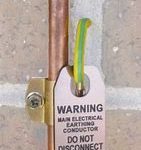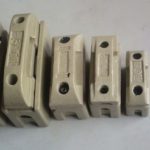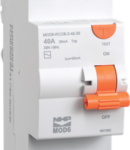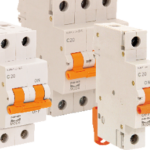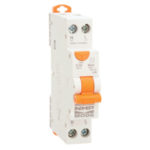Safety Switches.
A.K.A. RCD (Residual Current Device) or ELCB (Earth Leakage Circuit Breaker)
or RCBO (Residual Current Circuit Breaker with Over-current Protection)
Why do you need them and how do they work?
In NSW Safety Switches are mandatory in all new buildings and must be added if extensions or alterations are made to an existing building.
In QLD and VIC it is mandatory for all rental properties to have Safety Switches installed and NSW should be following suit.
In some States & Territories it is mandatory to have them installed prior to selling or leasing a property.
If any electrical work is done on a premise, and it requires modifying or adding a power or light circuit it must also now be protected with a Safety Switch by law. This can lead to the necessity of upgrading the entire switchboard and earthing system to accommodate the new safety switch. Prior to renovations or extensions it is always best to gain a professional opinion from your Electrician.
When installing a safety switch there are other things to consider:
- Safety Switches will not be effective if the Earthing System of the building is not correct, all metal items like reinforcing steel in concrete, metal frames, water pipes, gas pipes, swimming pool reinforcing etc must be bonded with an earth cable.
- There must be an Earth Stake installed as close to the main switchboard as possible and in an area where the soil remains moist, and a correct size earth cable installed in between.
- There must be an earth cable installed to all lighting and power outlets/switches/fittings.
- There is a maximum number of circuits that can be protected by one safety switch.
- More commonly these days combo breakers (also known as RCBOs) are available and allow each circuit to have its own safety switch and circuit breaker in the one unit, these are more expensive, but preferable as they cause less nuisance tripping of other circuits. They also make fault finding easier.
- Fixed Appliances such as Stoves, Hot Water, and Air Conditioning are not required to have a Safety Switch, in some cases they will have one installed anyhow.
Legally in Australia Safety Switches must be installed by a Licenced Electrician.
For those who believe they can complete their own D.I.Y. Electrical work, please consider a few things:
- You don’t correctly isolate the power, you are badly hurt or killed.
- You have now voided any building/home insurance policy should that work harm someone or start a fire.
- You cause issues for your electrical system and now have to pay even more money for someone to rectify.
How do they work?
A Safety Switch detects any variation between the Active and Neutral Conductors of the circuit it protects.
A standard Safety Switch will disconnect the power within 30 Milliseconds if a variation is detected.
The variation means that the current is now flowing to Earth, hence why the Earthing System must be functioning properly and installed to Australian Standards. A better connected earthing system makes the Safety Switch more effective.
The larger the distance between the appliance and the Safety Switch also increases the time taken by the Safety Switch to disconnect the power, this is why work site power boards have in-built Safety Switches to reduce that distance.
Why do you need them?
Here are a few examples of scenarios where you should have a Safety Switch installed:
- Standing in the bathroom with a hairdryer and the lead becomes loose from being wound and unwound, the active wire touches your hand.
- A child inserts a metal object into a power point and is sitting on the floor.
- A pet chews through a power cable, power board or extension cable.
- A light switch is old and worn, the plastic switch breaks away revealing the live metal behind and you put your finger into the switch while attempting to turn on the lights when its dark.
- At work and the cables for your computer are damaged by being wedged between the desk and the wall.
- Swimming in the pool and the old pump/filter/light becomes faulty making the water live with 240v.
In all of these scenarios if there was no Safety Switch installed the outcome would not be good.
If a Safety Switch is not installed on a circuit then the full rating of the fuse/circuit breaker must be drawn through the fault to trip the circuit and disconnect the power. In most cases this would be between 8 Amps and 20 Amps, at 240 Volts if it is to pass through the body it can cause irregular heart beat, heart attacks, also there would be burns and/or loss of limbs and/or loss of life.
Safety Switches can also greatly reduce the risks of fire in a building, by detecting these variations in the Active and Neutral conductors it will disconnect power from cabling or appliances with faults much more effectively than a standard fuse or circuit breaker.
If you would like more information on Safety Switches AKA RCDs or RCBOs please check out wikipedia: http://en.wikipedia.org/wiki/Residual-current_device.
If you require a Safety Switch installed please do not hesitate to contact us
at JBTECH – Electrical & Technology. We are based in Sydney NSW Australia.
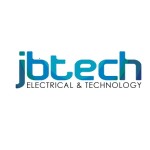
Some Examples of hardware below:
Copyright JBTECH – Electrical & Technology 2002-2018
www.jbtech.com.au

